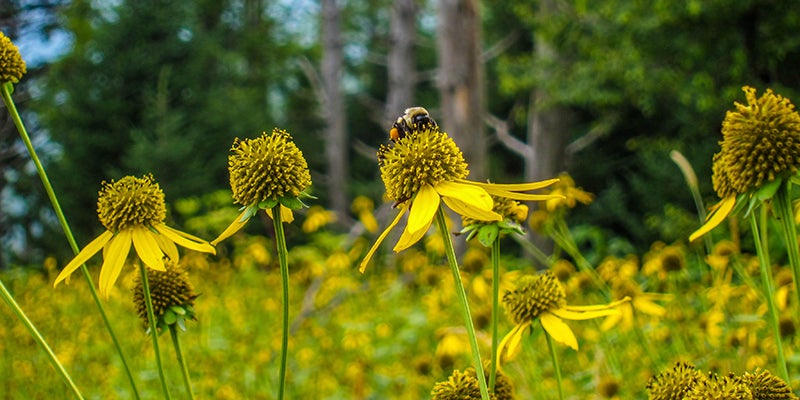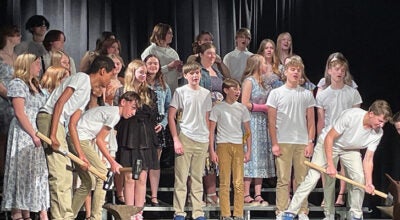State to award more grants for pocket prairies
Published 6:31 pm Tuesday, April 25, 2023
|
Getting your Trinity Audio player ready...
|
84 Mower residents re-enrolled for second round of funding
Another application round has opened for the state’s Lawns to Legumes grant program focused on helping homeowners start a “pocket prairie” of pollinator-friendly, native plants.
Those who applied unsuccessfully for a Lawns to Legumes grant on Aug. 22 or later will have their application automatically rolled into the new round, according to the Minnesota Board of Water & Soil Resources. They do not need to resubmit an application.
New applicants have until June 20 to submit an application to the Lawns to Legumes program that aims to increase habitat for at-risk pollinators in residential settings.
Notifications about Lawns to Legumes funding decisions will be sent in July by BWSR to project applicants. Those who do not receive funding are encouraged to pursue Do-It-Yourself projects using the various online resources, including BWSR’s “Planting for Pollinators Habitat Guide,” gardening templates and tips for selecting native plants.
In February, BWSR announced 2,000 recipients for Lawns to Legumes grant across the state, including 31 residents in Mower County, mostly all in the City of Austin.
For that round, another 84 applicants from Mower County – again, mostly from Austin – did not get funding from BWSR but now those residents will be considered again.
With the grants, residents are reimbursed for up to $350 in costs related to planting pollinator habitat in their yards. Grant recipients, who also get access to workshops, coaching opportunities and gardening resources, are required to give a 25 percent match by purchasing materials, hiring contractors or spending in-kind time planting and maintaining their project.
In Lawn to Legumes’ first phase, Minnesota residents planted 4.3 million square feet (100 acres) of pollinator habitat. Residents from all 87 Minnesota counties were awarded grants, and thousands of Do-It-Yourself projects were inspired and guided by the program, according to BWSR.
Austin and its surrounding area became a priority area for Lawns to Legumes thanks to the discovery of the rusty patched bumble bee a few years ago in the southwest Austin backyard of Luke Reese, director of the Jay C. Hormel Nature Center.
BWSR partners with Metro Blooms and Blue Thumb – Planting for Clean Water to run Lawns to Legumes, which is funded by the Environment and Natural Resources Trust Fund.
Applications can be done online on the Blue Thumb website at: bluethumb.org/lawns-to-legumes/apply
For more on Lawns to Legumes, visit the BWSR website at: bwsr.state.mn.us/L2L






